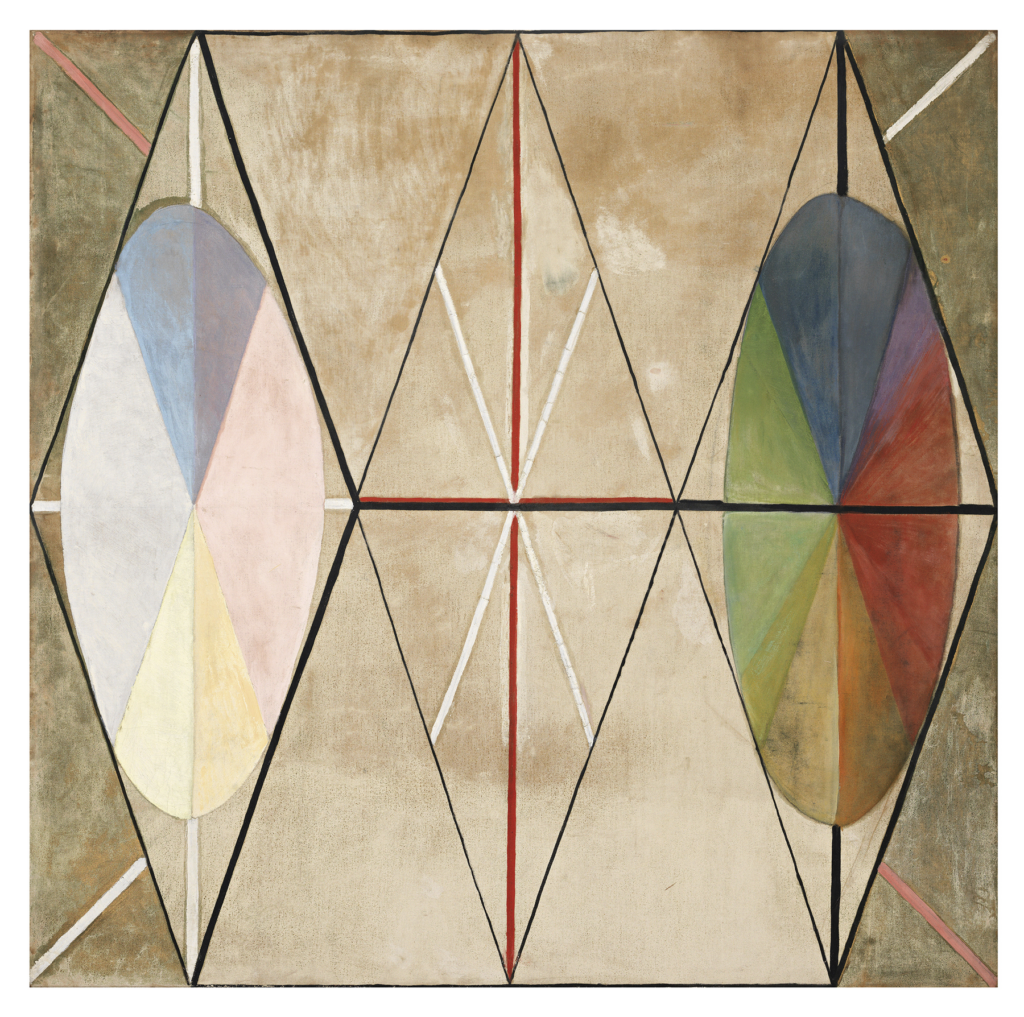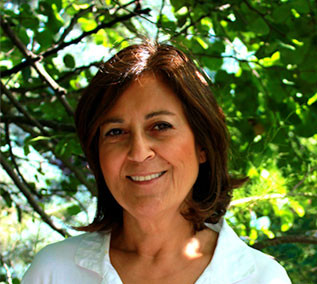
Siri Hustvedt, the prizewinning writer and scholar, describes the meaning of life through her work, the joy she finds in the creative impulse and the urgency to write driven by it.
Her knowledge of psychoanalysis, art and neuroscience is woven in her stories in which she asks the essential question “Who are we ? ”
In an interview about the creative impulse, the intersubjective experience of art and the emotional punch found in art, she discloses her “writing self. ”
Märit Aronsson (M) : I’d like to start with a great question; what is art?
Siri Hustvedt (S) : There is no consensus about what art is, but it is certainly not limited to the paintings and sculptures in a museum or gallery. Long before there was “art”, there were rituals and symbolic objects. I think of art as the creative impulse in human beings to make something outside themselves that in one way or another represents their experience of the world…
M :Could you please say something more about this creative impulse?
S : A couple of years ago I was in Tübingen giving a series of lectures at the university there. I was taken to the archeological museum, and in that museum there was a room with tiny ivory figures of animals that had been carved 40,000 years ago. They were all recognizable—bears, bison, horses. My favorite was a hedgehog, unmistakably a hedgehog. And yet, their forms were abstracted and beautiful. No one knows really what role those figures played in the life of those people, except that the animals must have been highly significant in their culture. But the impulse to make and represent is all the same. This is my point – that “making” is a creative human impulse.
M : So you don’t subscribe to the idea of the artist as a genius…
S : Haha, no, I’m very anti-genius. Another great person who deals with the creative impulse in childhood is D.W. Winnicott, the English psychoanalyst and pediatrician. He identified the intermediate area -between self and other – space where human beings find themselves in the eyes of another person, usually the mother. He invented the term “transitional object, ” the object – a blanket or a toy – the child chooses to keep as an imaginary friend as he grows into selfhood. The object isn’t inside the self, but it isn’t entirely outside the self either. Its meaning is drawn between the two spheres. He informs that art takes form in this embedded space. Art and all kinds of creative activity, whether it’s the making of a pie or a symphony, is born here.
M : Could one say that this is something that everyone is doing, in one way or another?
S : Yes, I think everybody does it…In human beings the urge to make objects is more developed than in any other species.
M : You once wrote that each encounter with an art piece is subjective and takes place in the body. In what way is a perceptual experience physical?
S : We might not think we are influenced by the ideas in Western philosophy, but believe me we are. We value intellect over emotion, the mind over the body, and that goes way back to Plato. The irony is that we don’t remember works that have no emotional punch. Feeling keeps memories alive. The strongest works of art, the ones we remember are those that make us feel something.
M : When you speak of those pieces of art that you return to, and you discover layers in them or see them in different ways, depending on where you are in your life… In what state of mind, do you think, has the artist been able to create such a work?
S : Well, we can’t know that, right? But much of making art is unconscious. I have been drawing all my life. My latest novel has twelve of my drawings in it, so I know the feeling that needed to draw, the feeling of looking at someone in order to draw her. If I were drawing you, I would feel as if I’m touching you. There’s a tactile sense. The paper is a substitute space where I move along the lines of your body. Writing is my art, and I know that much of what I write is unconsciously generated. So even the artist herself is not always in a position to say how that happens. Things come. I try to be alert to associations. If something comes to you, there is usually a reason, and there is great pleasure in figuring out those links.
I think that’s one of the most interesting things about making art is that things come, things appear. And we know, of course, that we are creatures of experience. When you’ve been working deeply with a subject for many years, let’s say mathematics, suddenly that long experience accumulates the ingredients for creating a new mathematic formula. The process in art is the same though the result is different.
[…]
Duygu Bruce
September 15, 2019







